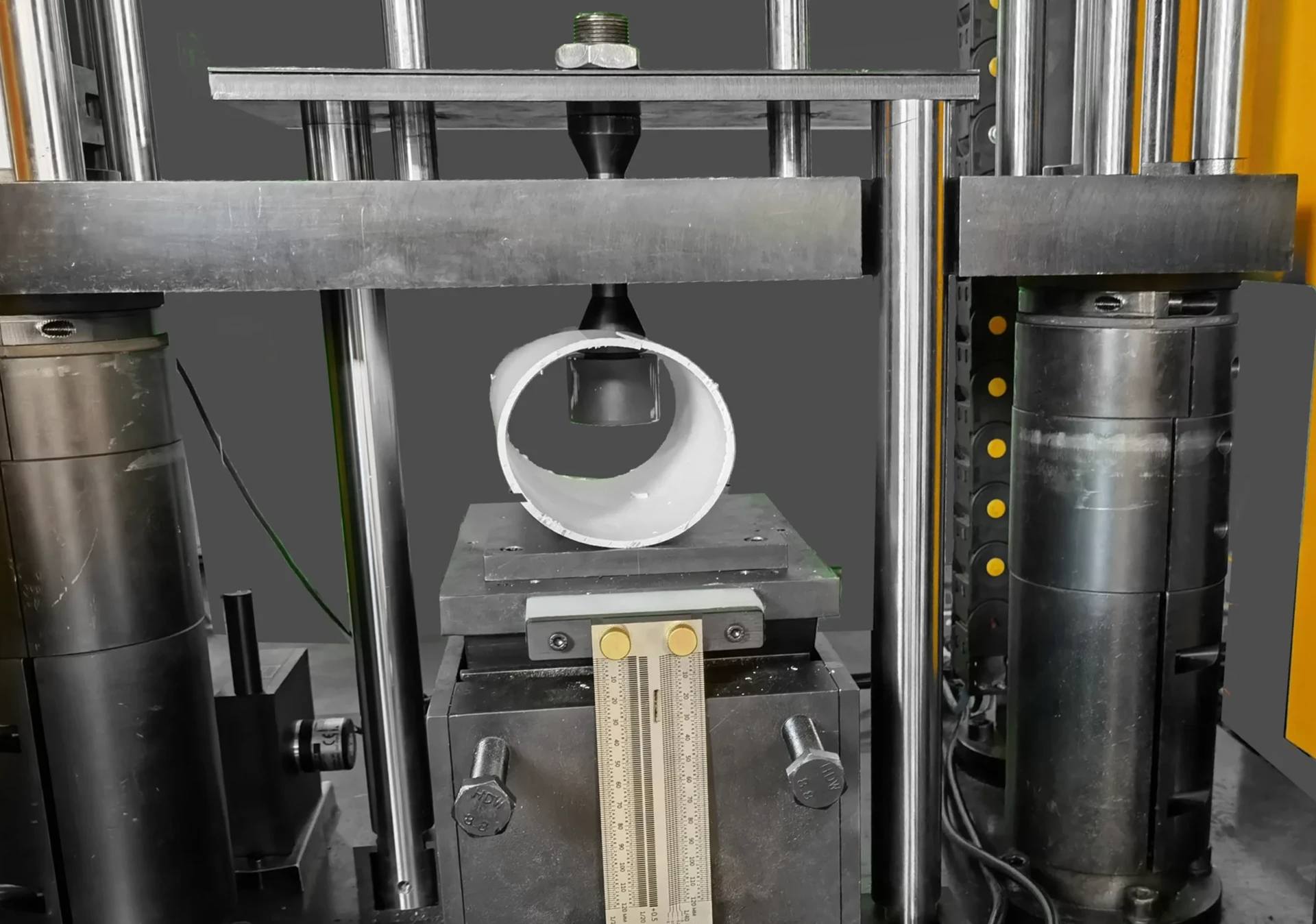ISO 2248-8 Bottom Surface Impact
The ISO 2248-8 standard specifies methods for determining the resistance of packaging to bottom surface impact. This test is particularly useful in industries where products are subject to potential impacts during transport and handling, such as logistics, manufacturing, and distribution. Understanding how packaging withstands these impacts ensures product integrity and minimizes damage.
This testing method involves dropping a package from a specified height onto a rigid surface. The objective is to evaluate the impact resistance of the package under controlled conditions that mimic real-world scenarios. Properly designed packages not only protect the contents but also reduce logistics costs by minimizing damage during transportation and storage.
The test procedure requires precise control over factors such as the type of package, the weight of the falling mass, the height from which it is dropped, and the surface material onto which impact occurs. This ensures that the results are repeatable and reliable, allowing for accurate comparison between different packaging designs or materials.
Before conducting ISO 2248-8 tests, it's crucial to prepare the packages according to specific guidelines outlined in the standard. The test specimens should be representative of those used in actual shipping conditions. This includes ensuring that any internal components are securely fastened and that the package is not pre-damaged.
During testing, the impact force experienced by the package bottom surface is measured using appropriate instrumentation. This data helps determine whether the packaging meets specified resistance levels as defined by the standard. The results can inform design improvements or material selection for future products.
The ISO 2248-8 method ensures that packages are subjected to realistic conditions, thereby enhancing their overall performance and reliability in various environments. This contributes significantly to reducing waste and improving supply chain efficiency, which aligns with broader sustainability goals across industries.
Scope and Methodology
| Key Parameters | Description |
|---|---|
| Type of Package | The package to be tested must conform to the standard's specifications. |
| Weight of Falling Mass | The mass should weigh between 5 kg and 10 kg, depending on the size of the package. |
| Drop Height | The height from which the mass is dropped can vary based on the package size. |
| Surface Material | A rigid surface material that ensures consistent impact conditions. |
The test setup must be carefully prepared to ensure accurate measurements. The package is placed on a flat, stable platform and positioned so the bottom surface is aligned with the drop point of the falling mass. Once everything is in place, the mass is released from the specified height, allowing it to impact the bottom surface of the package.
The impact force experienced by the package is then measured using specialized instruments such as load cells or accelerometers. These devices provide precise data on the force and duration of the impact. This information helps in evaluating the effectiveness of different packaging designs or materials against specified resistance levels.
International Acceptance and Recognition
The ISO 2248-8 standard enjoys widespread acceptance across numerous industries due to its rigorous testing protocol and comprehensive guidelines. Its adoption ensures consistent quality control and safety standards for packaging materials, components, and assemblies.
This international recognition fosters trust among manufacturers, distributors, and consumers alike. Compliance with ISO 2248-8 provides a competitive edge by demonstrating commitment to high-quality products that meet global regulatory requirements. It also helps in reducing risks associated with product damage during transportation and storage.
Many leading organizations incorporate compliance with this standard into their quality management systems, ensuring that all packaging undergoes thorough evaluation before being introduced into the market. By adhering to these standards, companies can enhance their reputation for reliability and safety while meeting customer expectations.
Environmental and Sustainability Contributions
- Reduces Waste: Proper packaging design based on ISO 2248-8 ensures that products arrive intact, reducing the need for replacement or repair.
- Enhances Efficiency: Effective packaging minimizes damage during transit, leading to lower operational costs and improved supply chain efficiency.
- Promotes Sustainable Materials: By choosing durable materials that pass ISO 2248-8 tests, businesses can contribute positively to environmental sustainability efforts.
The use of this testing method promotes sustainable practices by encouraging the development and implementation of environmentally friendly packaging solutions. It supports long-term strategic goals aimed at reducing waste and enhancing overall sustainability in supply chains.





